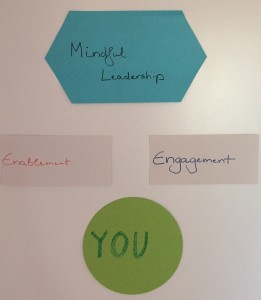 Competitive companies nowadays face an enormous pressure and so do their employees. Today’s best leaders have the resilience to cope with the many challenges and uncertainties coming their way and the resolve to sustain long-term success. Where does this resilience come from?
Competitive companies nowadays face an enormous pressure and so do their employees. Today’s best leaders have the resilience to cope with the many challenges and uncertainties coming their way and the resolve to sustain long-term success. Where does this resilience come from?
Well, from focus and clarity on one hand while making important decisions, then from creativity while transforming their enterprises, compassion for their employees and customers and lastly of course from courage to go their own way.
Studies conducted by companies evaluating their own executives have proven that the top 10% of performers displayed superior competencies in what is called, emotional intelligence, rather than in purely cognitive thinking. Capabilities like self-confidence and initiative; bouncing back from setbacks and staying cool under stress; empathy and powerful communication, collaboration; and teamwork all make for better business results.
Of course, when people feel motivated they perform better. High levels of employee engagement can for example boost revenue growth by up to 2.5 times!
But employee engagement is only half of the story. It’s not enough feeling great about your job if you cannot get things done. That’s why it is important for employees to be “enabled” too.
And exactly for that reason, the focus lies on you, your capacity to motivate your teams, engage and enable them. You become actors as well as owners of a sustainable future within your organisation or company by embodying change and people focus. Walk the talk and your employees will follow!
“If your actions inspire others to dream more, learn more, do more and become more, you are a leader.” John Quincy Adams



